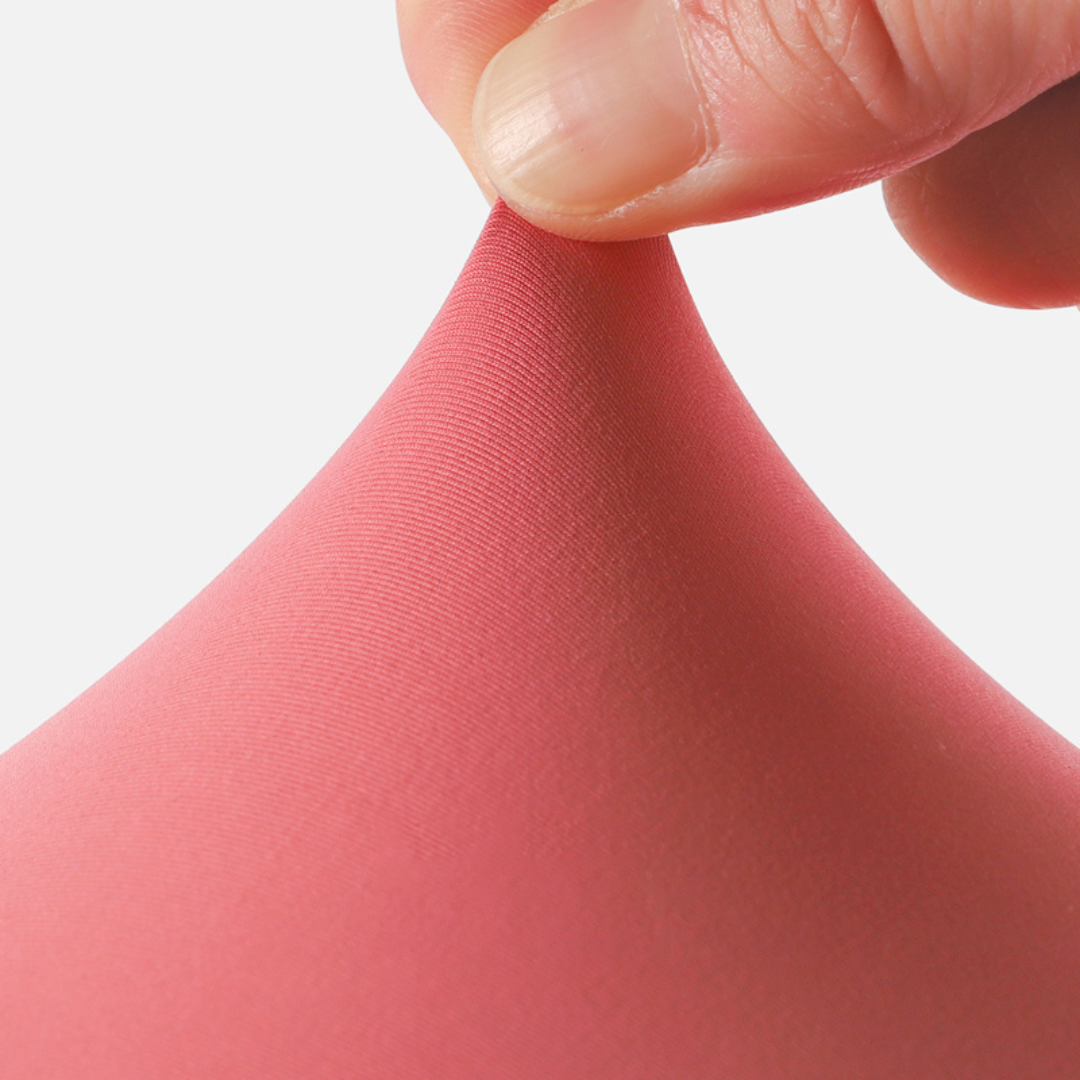
What is Nylon? Understanding the Fabric
Nylon, known as 锦纶 (jǐn lóng) in Chinese, is the Chinese name for the synthetic fiber Nylon. It is also commonly referred to as "尼龙" (ní lóng). The scientific name for Nylon is polyamide fiber (PA). Nylon stands out as one of the earliest varieties of synthetic fibers globally. Due to its excellent performance and abundant raw materials, Nylon has been widely used in clothing, industrial fabrics, and medical supplies.
Nylon fabrics are renowned for their exceptional durability, making them the preferred choice for sportswear, down jackets, and outdoor gear. Additionally, Nylon is often blended or woven with other fibers to enhance the strength and resilience of the fabric.

Advantages of Nylon
-
Excellent Abrasion Resistance: Nylon surpasses other common textile fibers in abrasion resistance, being ten times more durable than cotton. This makes it suitable for high-intensity and resistant sportswear.
-
Outstanding Elasticity and Elastic Recovery: With a breaking elongation rate of 25%-60%, Nylon exhibits 1-2 times higher strength compared to cotton, providing exceptional elasticity and recovery.
-
Good Dyeability, Insect Resistance, and Corrosion Resistance: Nylon has good dyeing properties, is resistant to insect damage and corrosion, and has a low density.

Disadvantages of Nylon
-
Poor Heat and Sun Resistance: Nylon's resistance to heat and sunlight is comparatively weak, and garments made from Nylon may not maintain their shape as well as those made from other fabrics like polyester.
-
Low Moisture Absorption: Nylon has poor moisture absorption capabilities, ranking as average among synthetic fibers. Under normal atmospheric conditions, its regain rate can reach around 4.5%.
-
Static Electricity Generation: Nylon is prone to static electricity generation and deformation under low loads.

Classification of Nylon
Nylon fiber fabrics can be categorized into three major types: pure spinning, blending, and interwoven fabrics, each containing various varieties.
-
Pure Spinning: Fabrics woven entirely from Nylon material. They are known for excellent abrasion resistance and shape retention.
-
Blending and Interwoven Fabrics: These fabrics result from blending or interweaving Nylon long filament or short fibers with other fibers. They include products combining Nylon with artificial cotton, viscose fibers, acrylic, and more. These fabrics combine the strengths of various fibers, offering good abrasion resistance, high strength, and elasticity.
Cleaning Instructions: Soak in Cool Water for 15 Minutes, then Wash with Regular Detergent. Wash at a Temperature Not Exceeding 45 Degrees Celsius.


